#sino japanese war
Text

Japanese troops enter the City of Shanghai - 1937
#world war two#1940s#worldwar2photos#history#ww2#wwii#ww2 history#wwii era#world war 2#ww2history#shanghai#China#1937#sino japanese war#japanese army
61 notes
·
View notes
Text
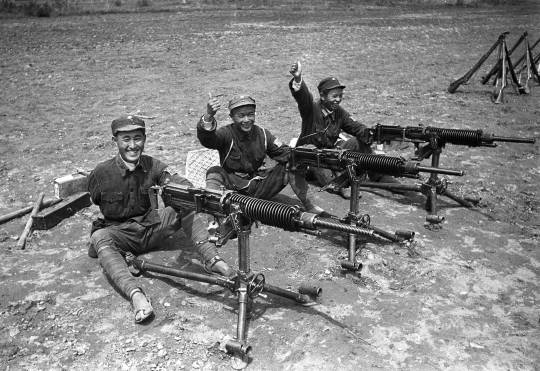
Soldats chinois communistes de la 8e Armée de Route (Eighth Route Army) posent avec des mitrailleuses japonaises Arisaka Type 92 – Guerre sino-japonaise – Yan'an – Province de Shaanxi – Chine – 1944
Photographe : Harrison Forman
©University of Wisconsin-Milwaukee Libraries - Harrison Forman Collection – fr206822
De gauche à droite : Tsuo Chi, Chen Wai-ou, et Liu Chuan-lien, trois héros du 717e Régiment. Tsuo Chi a perdu son bras droit dans l'engagement qui a permis la capture des mitrailleuses lourdes japonaises.
Yan'an était la base politique et militaire du Parti communiste chinois.
#WWII#guerre sino-japonaise#sino japanese war#seconde guerre sino-japonaise#second sino japanese war#armée chinoise communiste#communist chinese army#8e Armée de Route#Eighth Route Army#arme d'infanterie#infantry weapon#mitrailleuse#machine gun#mitrailleuse lourde#heavy machine gun#arisaka type 92#type 92#Yan'an#Shaanxi#chine#china#1944
15 notes
·
View notes
Text
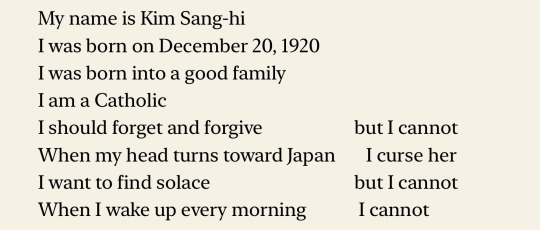
- Testimonies by Emily Jungmin Yoon
#poetry#asian poetry#korea#korean history#east asian history#a cruelty special to our species#emily jungmin yoon#poets#modern poetry#sino japanese war#japanese imperialism#women writers#woc writers#poetry aesthetic
53 notes
·
View notes
Photo

1937 Leichter Panzerspahwagen SdKfz221 Chinese Army Version - Vincent Wai
48th Armoured reconnaissance battallion, Chinese Army, Nanjing
21 notes
·
View notes
Photo

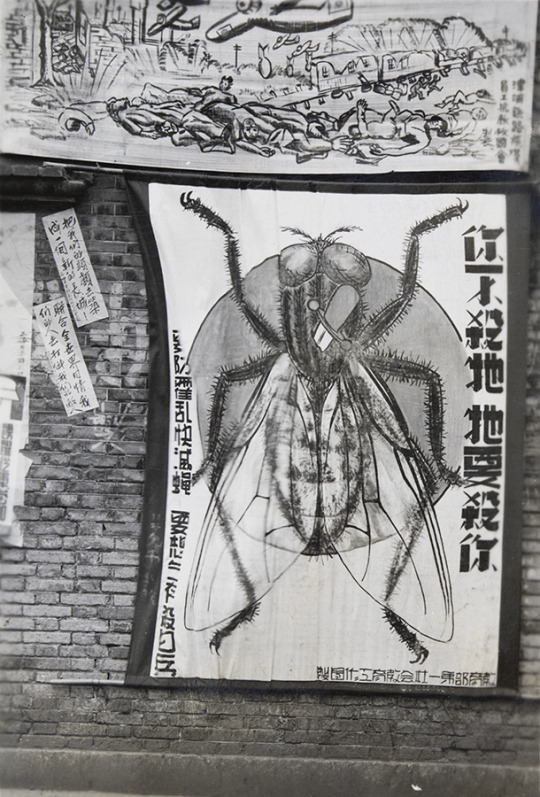


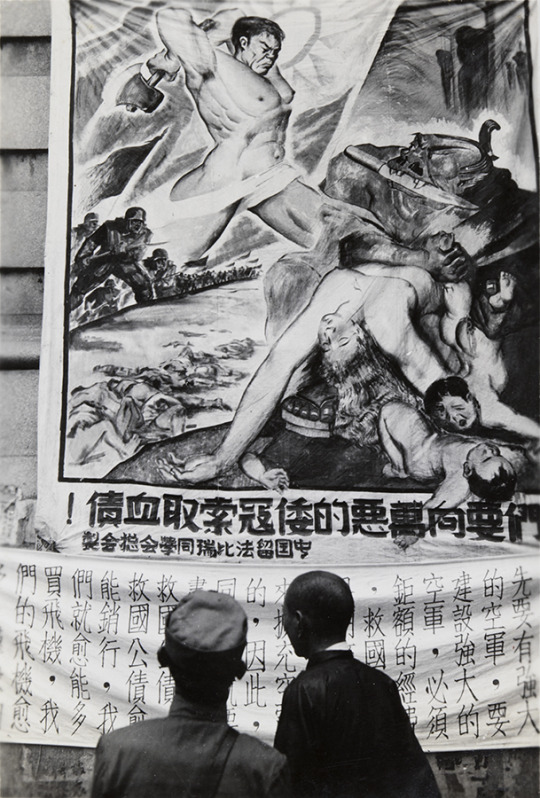



Propaganda posters in Wuhan, mid-1938. Found in an album that had belonged to Leslie Reginald Frederick Shrimpton RN (1910-1964), who served on the gunboat HMS Falcon in China waters from 1937 to 1939. All photographs and descriptions with translations from University of Bristol - Historical Photographs of China.
1) The banner depicts Nationalist forces attacking the Japanese. The Chinese text on the banner urges viewers to join the military, fight the Japanese, and thereby defend China. Bi-s168
2) Anti-Japanese public hygiene banner. The slogans on the lower banner (depicting a fly with a Japanese Rising Sun Nisshōki emblem) read: 'We need to knock down our enemies with the world's sympathy on us'. 'We need to prevent cholera and kill flies; and if you want to survive, kill the Japanese soldiers'. 'If you don't kill it, it's going to kill you'. The higher banner depicts Japanese bombers attacking a train. A wall poster on the left reads: 'Build a new Great Wall with our heads'.
3) Banner by L'Association des Etudiants Chinois de Retour de FBS (France, Belgium and Switzerland Returned Students Association), Hankow (Hankou). The banner text provides explicit details that accompany the image of 'cruel massacre and rape never before heard of'. Bi-s163.
4) Propaganda banner featuring Chiang Kai-shek. The slogans on the banner read: 'War of Resistance to the end!' and 'Support the leader'. Chiang Kai-shek is depicted beside Hankou (Wuhan) on the map of war-torn China. This photograph was taken in Wuhan.
5) The banner slogan reads: 'We demand that the Japanese repay their blood debt!' Photograph taken in Wuhan. Bi-s164. Photograph 3 shows the same building in a different location.. The actual term used here for 'Japanese' is 倭寇 'Dwarf pirates'. Bi-s167.
6) The main banner, showing charging soldiers and workers, bears the slogan: 'Defend Wuhan!' The Hankou (Hankow) bund is depicted in the banner - the clock tower is part of the Custom House. The banner was made by the 'Korean Youth Wartime Service Corps' (朝鲜青年战时服务团), founded in Wuhan in December 1937 by leftist Korean nationalists. Bi-s166.
7) Banner outside the headquarters of "L’Association des Etudiants Chinois de Retour de FBS", Wuhan. The banner was made by L'Association des Etudiants Chinois de Retour de FBS (France, Belgium and Switzerland Returned Students Association). The banner slogan reads 'Mobilize the power of the masses to defend Wuhan'. Sign on the window of the L'Association des Etudiants Chinois de Retour de FBS headquarters building at 69 Jianghan Road (江漢路六十九號) in Hankow (Hankou), in French: BUFFET & BILLIARD. Sign on the window in Chinese: Cold drinks / Coffee. Bi-s162
8) Remarkably, famed war photographer Robert Capa took this photograph of the street from inside of 69 Jianghan Road. This was identified by the excellent Visualizing China blog, and the image is marked from the International Center of Photography/Magnum Photos, who published it with other photos in 2018.
#wuhan#武汉市#hankou#war propaganda#propaganda#propaganda posters#black and white photography#sino-japanese war#sino japanese war#kuomintang#L'Association des Etudiants Chinois de Retour de FBS#朝鲜青年战时服务团#royal navy#republic of china#patriotic resistance#resistance to japan#japanese aggression in china#robert capa
33 notes
·
View notes
Text
Watch "WW2 From the Chinese Perspective | Animated History" on YouTube
youtube
0 notes
Text

The Lunar New Year is usually the time for a week-long celebration in Chinatown, but in 1938 China was at war with Japan. On January 31st, residents of Chinatown observed the start of 4642 by praying in Joss houses (temples) rather than carousing in the streets. They were also working toward collecting $600,000, set as the year's war relief quota of the Chinese Consolidated Benevolent Association.
Photo: Associated Press
#vintage New York#1930s#Chinese New Year#Lunar New Year#Chinatown NY#NY Chinatown#Jan. 31#31 Jan.#Sino-Japanese War
97 notes
·
View notes
Text

Chinese soldiers moving via The Great Wall of China, northwest of Japanese-occupied Beijing, 1937
61 notes
·
View notes
Text
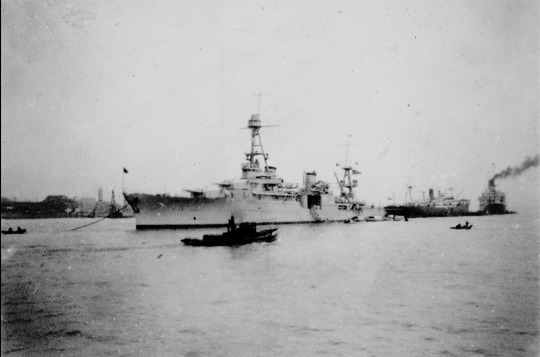



USS HOUSTON (CA-30) in Shanghai during the Sino-Japanese Hostilities.
Date:February 1932.
Historical Photos of China: ep01-365, ep01-373, Ep01-408, Ep01-369
#USS HOUSTON (CA-30)#USS HOUSTON#Northampton Class#Cruiser#Warship#Ship#United States Navy#U.S. Navy#US Navy#USN#Navy#Shanghai#China#Sino-Japanese War#February#1932#interwar period#my post
24 notes
·
View notes
Text
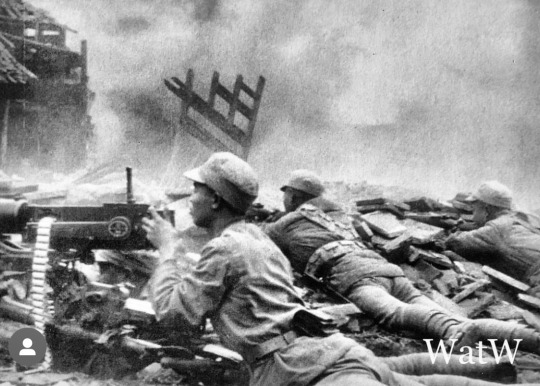
Chinese troops man a machine gun position during the Battle of Changteh - November 1943. The Battle of Changde (Battle of Changteh) was a major engagement in the Second Sino-Japanese War in and around the Chinese city of Changde (Changteh) in the province of Hunan. Despite major losses for both sides and alleged reports that the Japanese army used chemical weapons Chinese forces managed to hold out for a decisive and defensive victory.
#world war two#1940s#worldwar2photos#history#ww2#wwii#ww2 history#wwii era#world war 2#ww2history#chinese army#changteh#sino japanese war#1943#machine gun
35 notes
·
View notes
Text
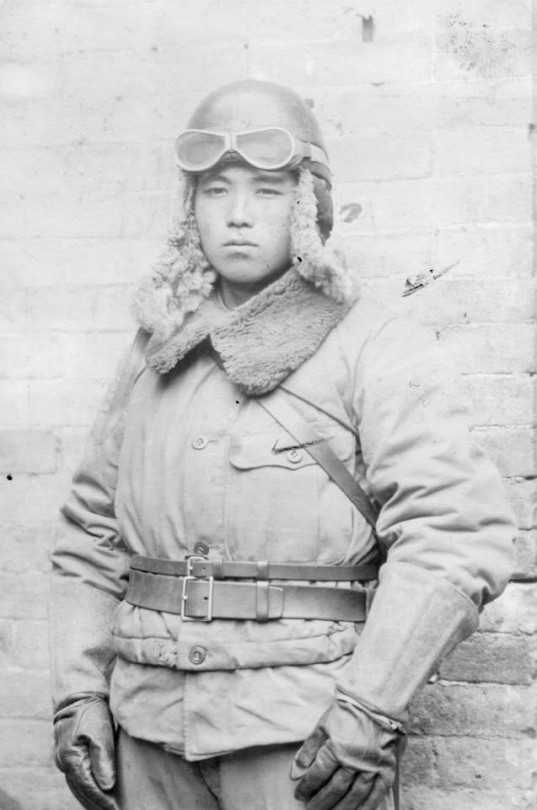
Tankiste japonais - 1930's-1940's
#WWII#guerre sino-japonaise#sino-japanese war#seconde guerre sino-japonaise#second sino-japanese war#armée impériale japonaise#imperial japanese army#tankiste#tanker#1930's#1940's
48 notes
·
View notes
Note
Do you think the sutton Sunk would have made an impact in the second sino-japanese war if china actually got its hands on it?
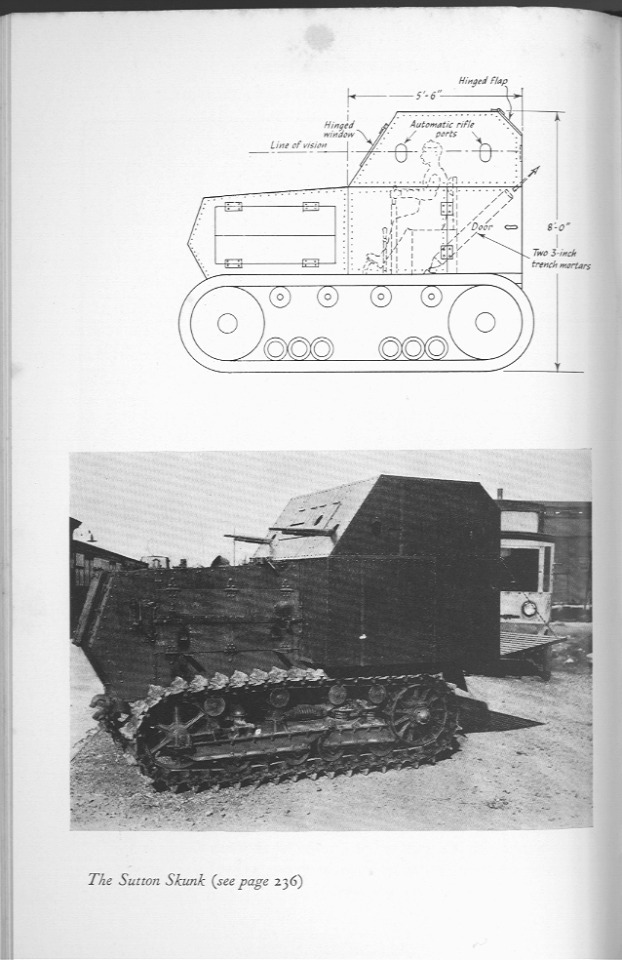
In my opinion, not really, and it has very little to do with the tankette itself. By 1937, China was so woefully behind the rest of the world in technology, industrialization, and development, that there was no real chance of a Chinese victory, especially against Japan, a nation that had seized onto the western tenets and methods of militarism, industrialism, and imperialism like second nature.
I'm sure that, in isolated engagements, the Skunk could have made a difference, but even in the very best scenario, it would be a case of "won the battle, but lost the war"
9 notes
·
View notes
Photo
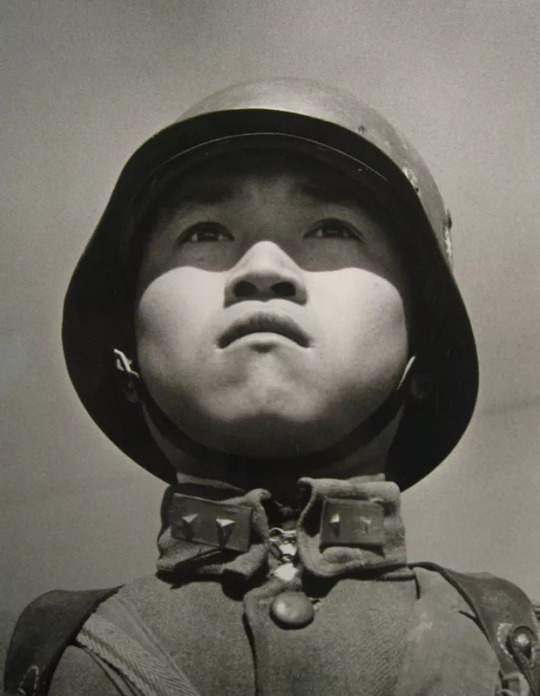
15 year old Chinese Soldier Prior to Departing for the Sino-Japanese Battle Front, 1938
Robert Capa
42 notes
·
View notes
Photo

“When the bitterest fighting in the Shanhaikwan conflict occurred— the great south gate of the city - with Japanese troops swarming over it shortly after the Japanese occupation. It was it the south gate that the most stubborn Chinese resistance was made and where both armies suffered their heaviest casualties.”
- from the Kingston Whig-Standard. February 3, 1933. Page 11.
#shanhaiguan#operation nekka#invasion of manchuria#manchurian incident#defense of the great wall#great wall of china#imperial japanese army#imperial japan#japanese aggression in china#sino-japanese war#sino japanese war
4 notes
·
View notes
Text
How Eileen Chang Revived My Fascination With the 'Femme Fatale'
Content Warning: Lust, Caution contains scenes of graphic violence, nudity, and discussions of murder (the book only hints at these things). The movie also depicts sexual assault. Viewer discretion is advised.
Spoilers for Lust, Caution (book and film) ahead!
femme fa·tale (noun)
1 : a seductive woman who lures men into dangerous or compromising situations
2 : a woman who attracts men by an…

View On WordPress
#ang lee#assassination plot#chinese history#eileen chang#espionage thriller#femme fatale#historical fiction#leehom wang#lust caution#second sino-japanese war#spy movie#spy thriller#tang wei#Tony Leung Chiu-wai#world war ii
24 notes
·
View notes
Note
During WWII did the Japanese Empire have any interest in taking possession of Tibet or securing the then child Dali Lama?
Not that I'm aware of, but they needed a whole lot of China to get through before even worrying about trying to take Tibet. I doubt they were planning that far ahead.
Thanks for the question, Anon.
SomethingLikeALawyer, Hand of the King
9 notes
·
View notes